Nissan Magnite revealed!
Nissan is looking to make another splash in the Indian automotive market with the launch of its latest upcoming car, the Magnite. The Nissan Magnite will compete in the highly competitive compact SUV segment which has seen a lot of action
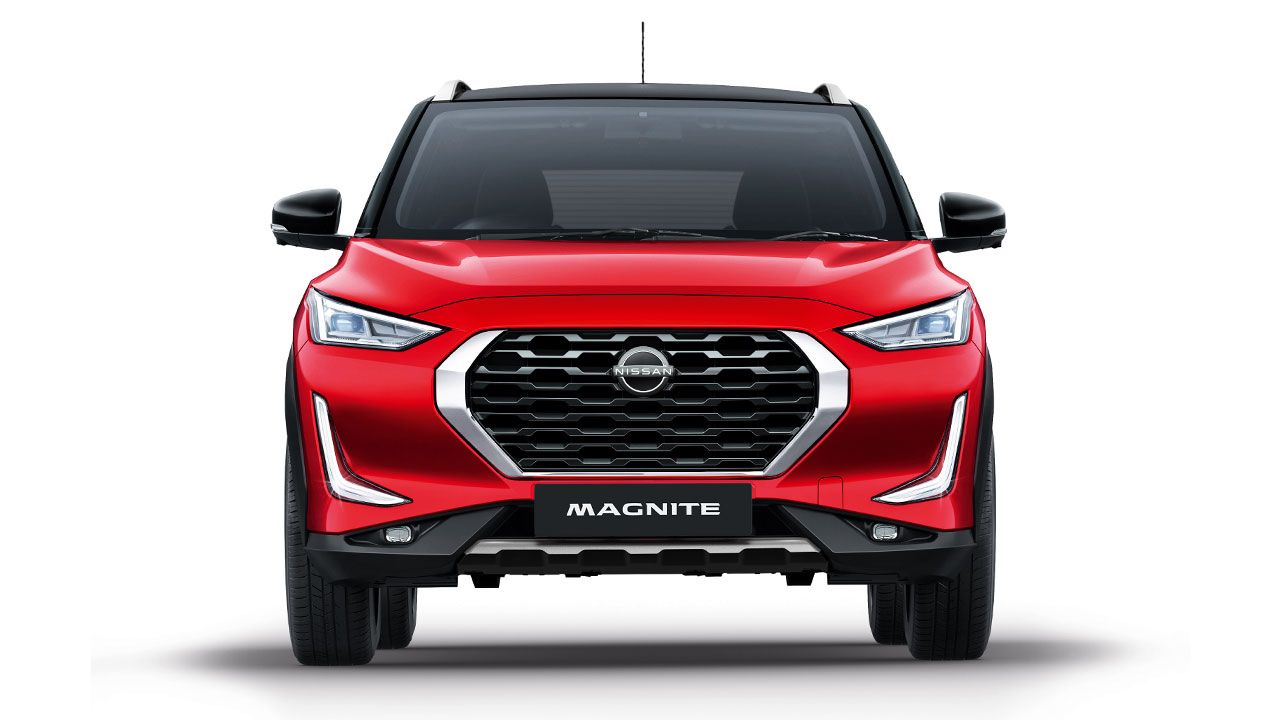
The Nissan Magnite, like every other car in its class, brings with it a few segment-first features. But it’s talking a different language when it comes to its design and appeal, as compared to the current desirability curve. We get up close and personal with it, to understand just what it has to offer in the highly competitive compact SUV segment.
Nissan is looking to make another splash in the Indian automotive market with the launch of its latest upcoming car, the Magnite. The Nissan Magnite will compete in the highly competitive compact SUV segment which has seen a lot of action throughout 2020. Starting with the launch of the more powerful Tata Nexon turbo petrol, the launch of the petrol-powered version of the Maruti Suzuki Vitara Brezza, to the introduction of the IMT transmission in the market that was brought in by the popular Hyundai Venue. And then comes the launch of the new segment leader - the Kia Sonet. The Sonet has significantly upped the desirability quotient for the segment with its class-leading build quality, feature list and a lengthy list of powertrain options. The Sonet is in fact a better-equipped car than even a lot of mid-size cars.
So, it’s definitely not easy to compete in the compact SUV segment. And Nissan sure seems to be stepping into the segment at a time when the competition is more cutthroat than ever before.
The question then arises, can the Magnite really stand toe to toe with its rivals? Well, we got up close and personal with the car to bring you our first impression.
Is it desirable?
The Magnite looks like a scaled-down Nissan Kicks in profile with its sharp nose design, sleek lamps, A-pillars and a steeply raked rear windshield, all bear some resemblance to the Kicks. This ensures that the Magnite will not be confused with any of its rivals. The only design issue that seems like it could be a hindrance is that the Magnite isn’t an especially tall car and the lack of vertical A, B, C and D pillars make it look a little lower in height than its rivals. This could be an issue as SUV buyers seek imposing road presence from their cars, it’s a crucial aspect for the desirability quotient of these compact SUVs.
The Magnite seeks to make up for this with some very sharp design lines that lend different contours to its sheet metal. Nissan will offer a four-coat metallic red paint shade with the Magnite which will enhance all of these design lines to give the car a unique and unmistakable look. Will it work? Well, this is something only the sales numbers for the car will be able to reflect customer preference.
What about the interiors?
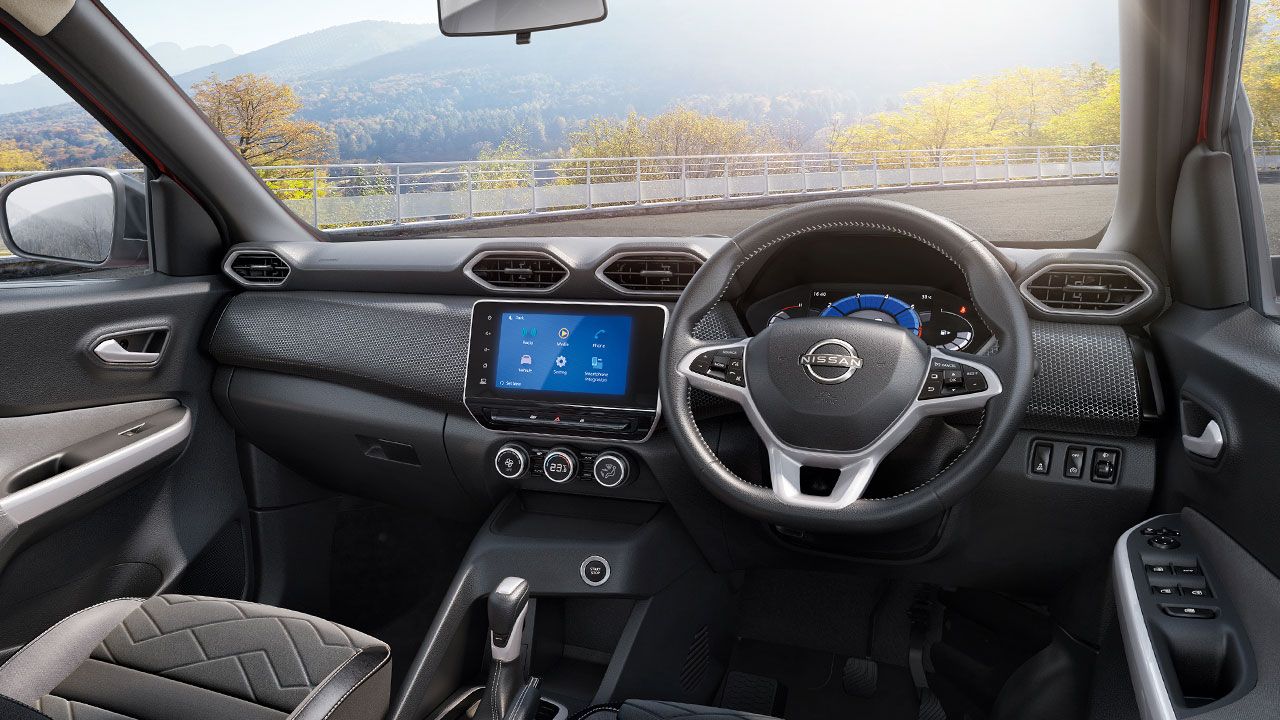
Opening any of the doors or even the tailgate of the Magnite reveals how effortlessly you can do this. Even folding the rear split seats is a seamless, one-touch operation. Ingress and egress too, especially for rear-seat occupants, again is very convenient and effortless. You can simply step in and out of the car with little effort. In comparison, in the case of some rival cars, it requires a bit of effort in twisting your foot and getting out of the cabin.
Once seated inside, the Magnite’s cabin, despite its compact appearance, offers a lot of space. The front occupants are cocooned in well carved out seats that are quite supportive. There is plenty of space between the occupants and a well carved out centre console ensures that the driver’s controls are well away from the passenger in terms of the gear lever operation. Visibility out of the cabin is great too, thanks to the sleek A-pillars and the seating position is spot on as well. The centre console itself is slightly titled towards the driver to improve ergonomics for the controls for the driver.
What about equipment?
The instrument cluster of the Magnite is an all-digital unit with a colourful display that can alter the screen to display a variety of information in a clear and easy to read manner. Although, the display and colours do appear to be tailored for a younger customer base. It doesn’t look high-end like the analogue cluster of the Venue but appears better than the basic display of the Sonet.
The infotainment screen meanwhile is large and easy to control, thanks to good touch sensitivity. It’s uncluttered and allows seamless operation. And while it may not appear as contemporary as the triple split 10.25-inch screen of the Sonet, it offers a couple of segment-first features. The Magnite in fact will be the first mass-market car in India to offer wireless Android Auto and Apple CarPlay! Very impressive! Although there is no wireless phone charging, this is a bit weird. Fear not though, for Nissan will offer a tech pack with this car that will offer a few features and can be fitted to any variant of the car. The list of features this pack will offer includes wireless phone charging, puddle lamps, etc. This in fact is a nice touch as you can have these high-end features in any variant of the car. Quite cool and flexible!
While you will miss out on high-end features such as drive modes, traction modes, sunroof and ventilated seats in the Magnite, you will get a segment-first 360-degree camera system in the car! This display for this is really good and clear and it will serve as a great convenience feature for the car. Otherwise, the Magnite will offer the usual range of equipment and safety features as other compact SUVs, including connected car tech with a built-in SIM card.

What about rear-seat space and practicality?
The Nissan Magnite is perhaps the only compact SUV that offers comfortable seating for three people in the rear seat. The seat is nice and wide, the centre tunnel is low and there is plenty of legroom, headroom and shoulder room for all occupants. This is something that’s very impressive and is undoubtedly another segment first! What’s more, the rear backrest is very well designed. The angle of recline is perfect and the cushioning is just about perfect in terms of support. The bench too is nice and long and offers plenty of under-thigh support.
The 336-litre boot space though is a bit of a let-down as most rivals offer more boot space. Therefore, a road trip with fully loaded passengers can be an issue. Although, you could use the functional roof rails to attach a luggage carrier or roof box to carry up to 50kgs of luggage. This definitely compliments the SUV traits of the car and is a practical touch.
What engine will it have?
Nissan will only offer the Magnite with a 1.0-litre petrol engine. The three-cylinder unit in lower variants will have 74bhp on tap (as it does in the Renault Triber), higher-end variants though will get a turbocharged version of this engine that Nissan states will have over 100PS of power. The 100PS version will be offered with a five-speed manual gearbox, as well as a CVT automatic transmission. The 74bhp version will have a 5-speed manual box while there is talk about the availability of a 5-speed AMT gearbox as well.
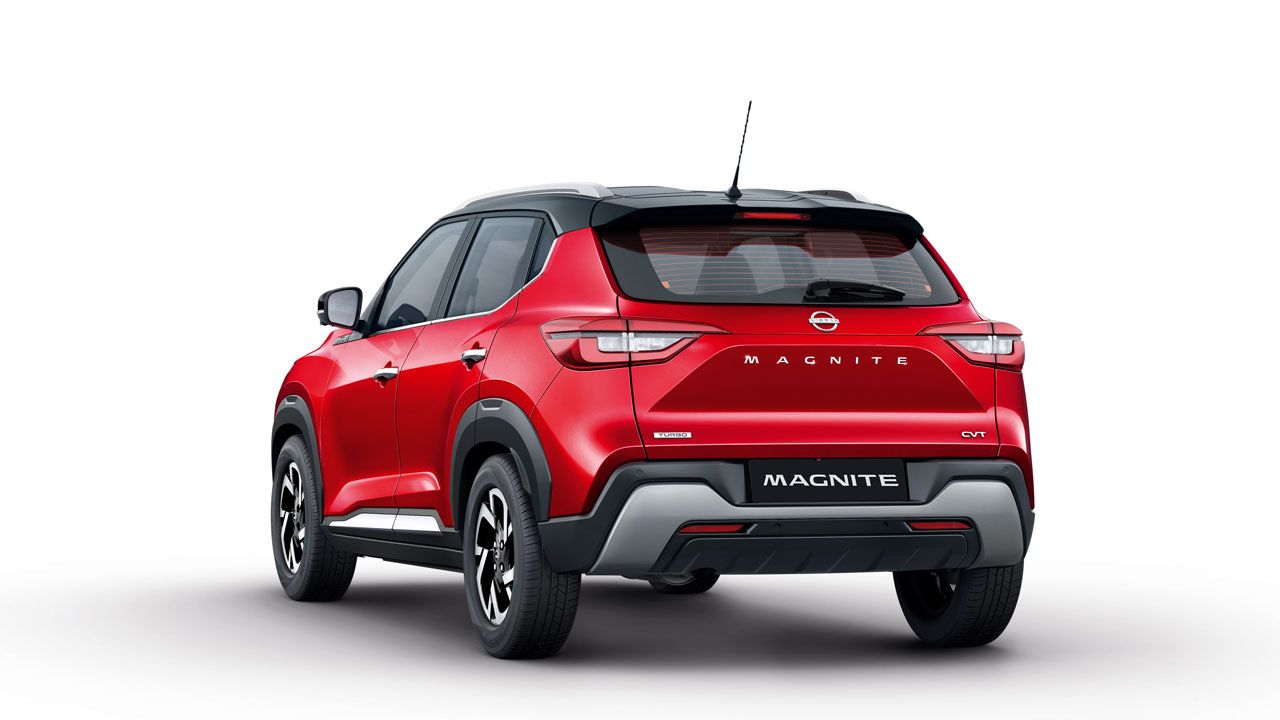
Pricing will be key
Overall, the Magnite seems to be geared up for the market with some unique touches and segment-first features. It has great ergonomics which enhance the overall comfort and convenience of the car. The lack of diesel versions will hold it back to an extent. All in all, it seems like a very sorted product. The only issue is that it doesn’t quite have the level of desirability that some of its rivals bring to the market owing to the lack of overall sheen in terms of exterior design, interior design, equipment and interior trim and finish. While there is nothing wrong with the Magnite’s design technically, when it comes to customer demand, it’s not quite riding the current desirability curve.
The key then to the success of the Magnite will be in its pricing. If it manages to undercut its rivals by a fair margin, the Magnite could stand is an interesting and unique proposition in the segment.
Also read - Nissan Magnite Concept revealed
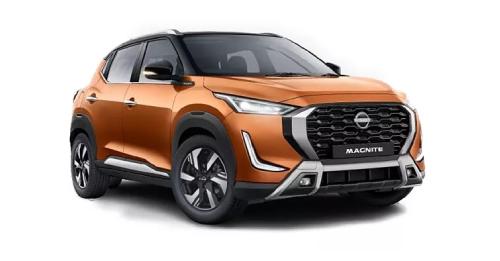

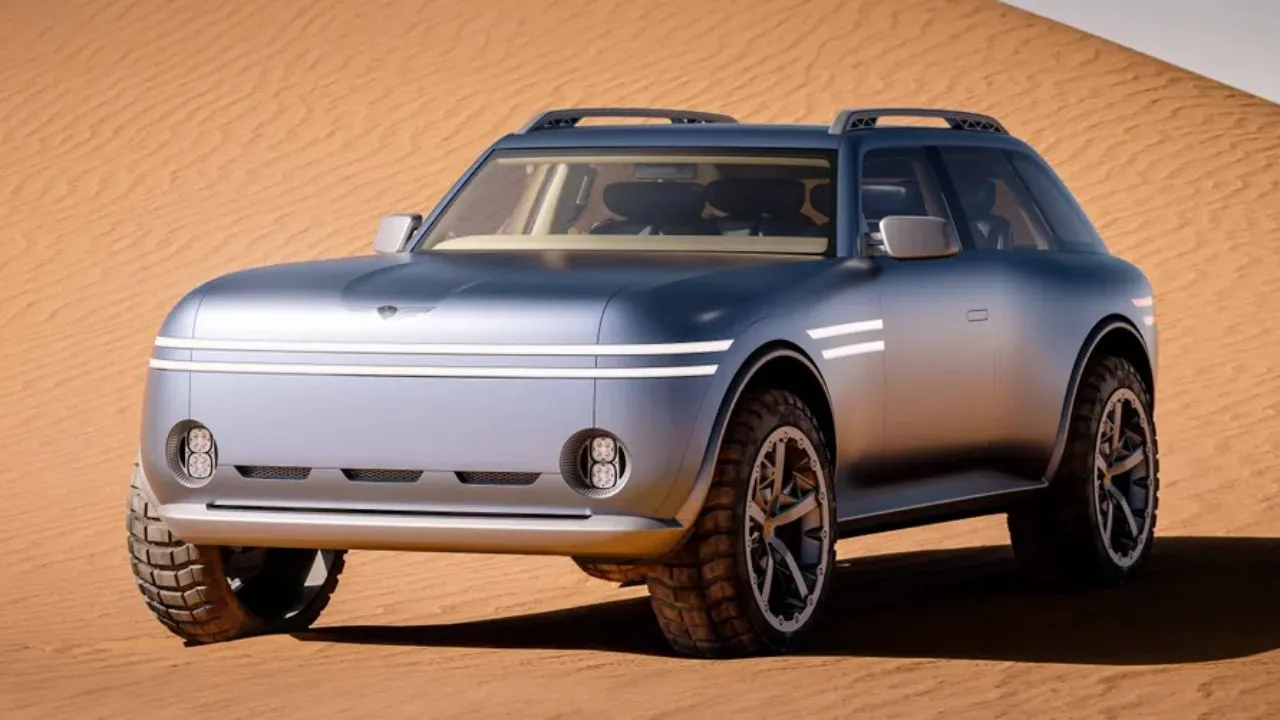

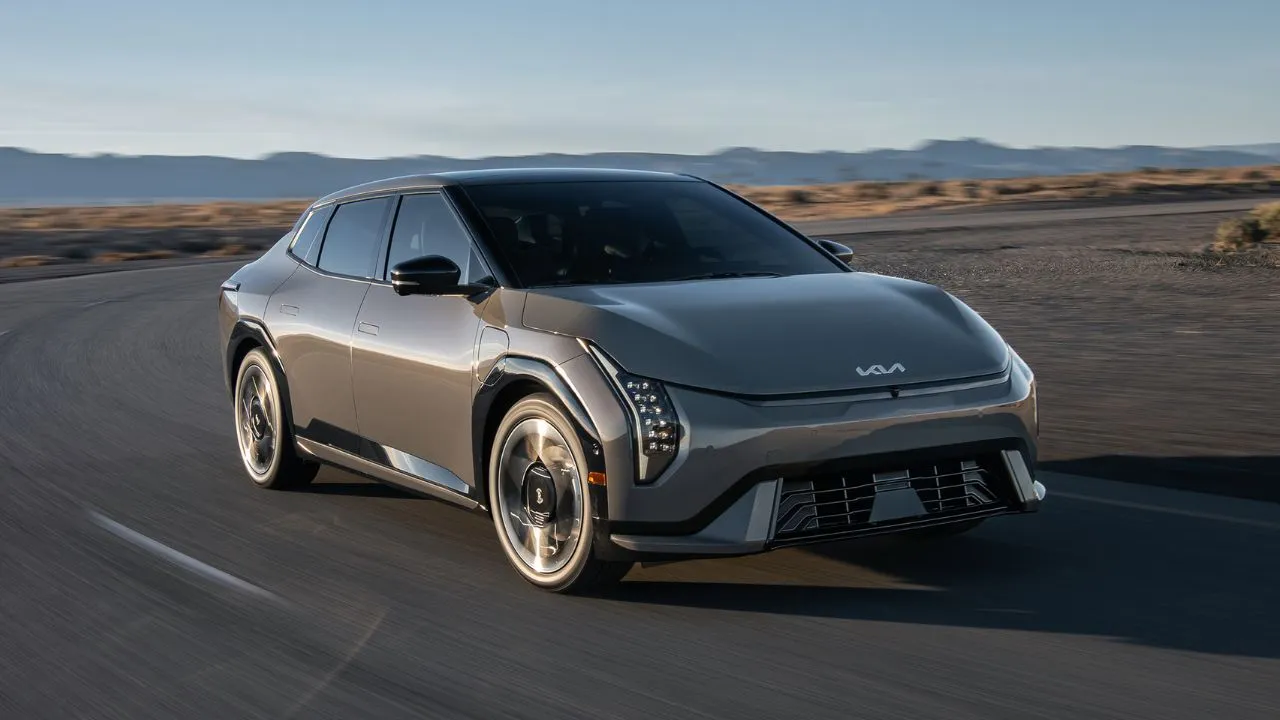
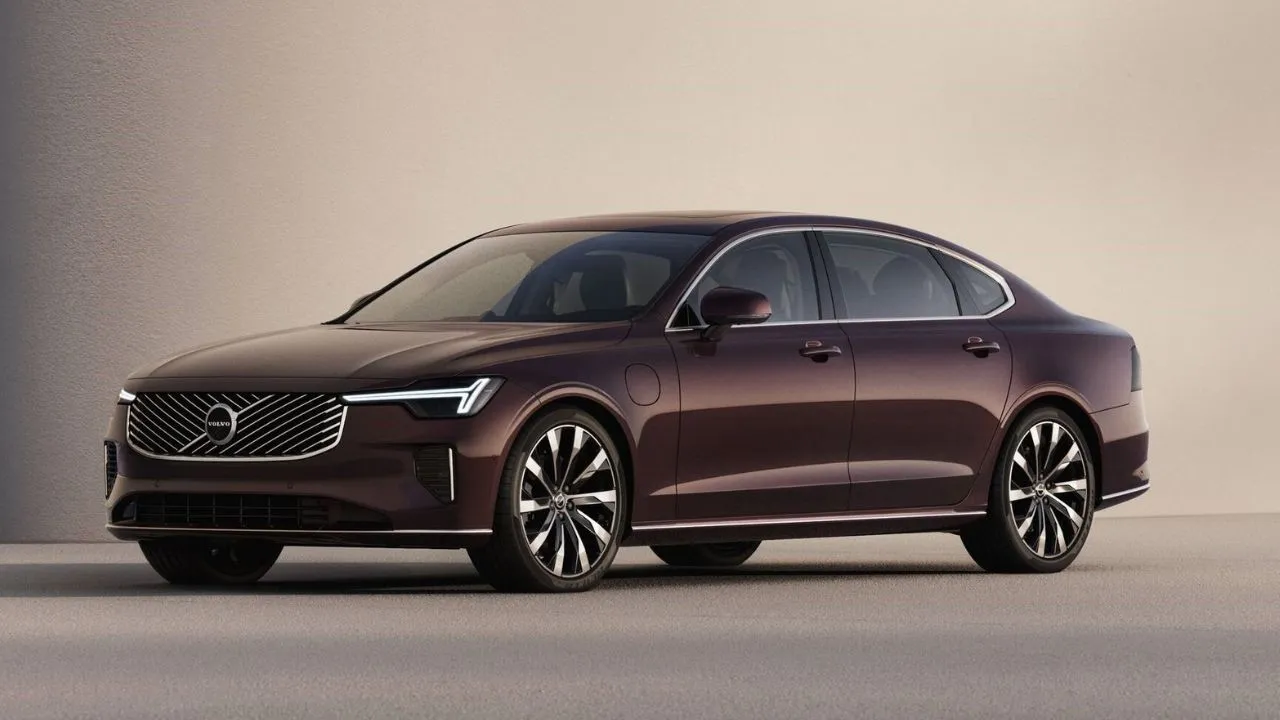
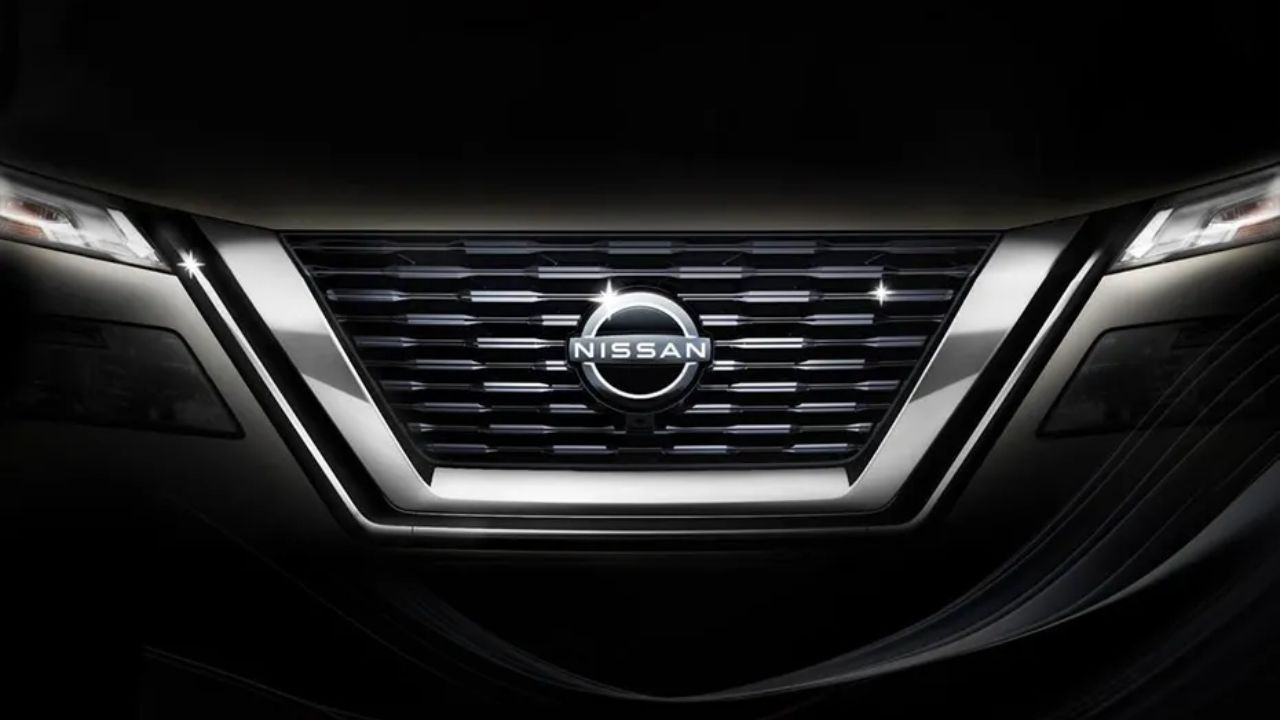

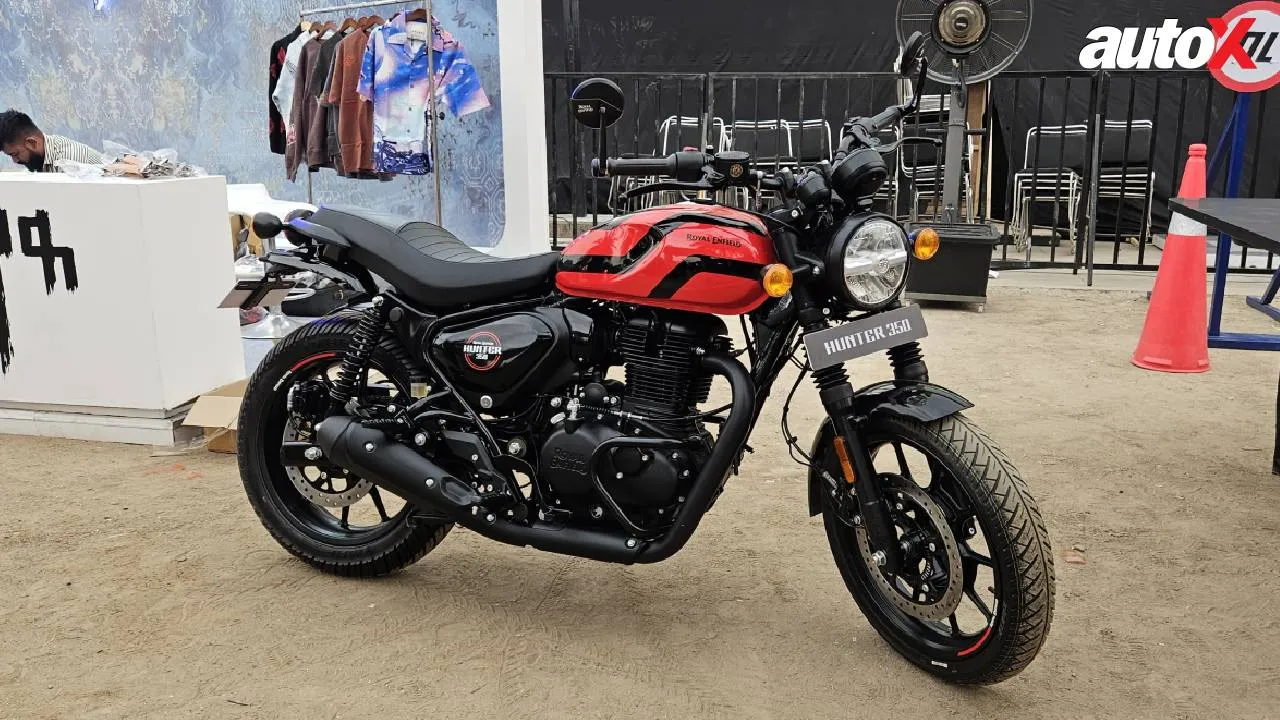
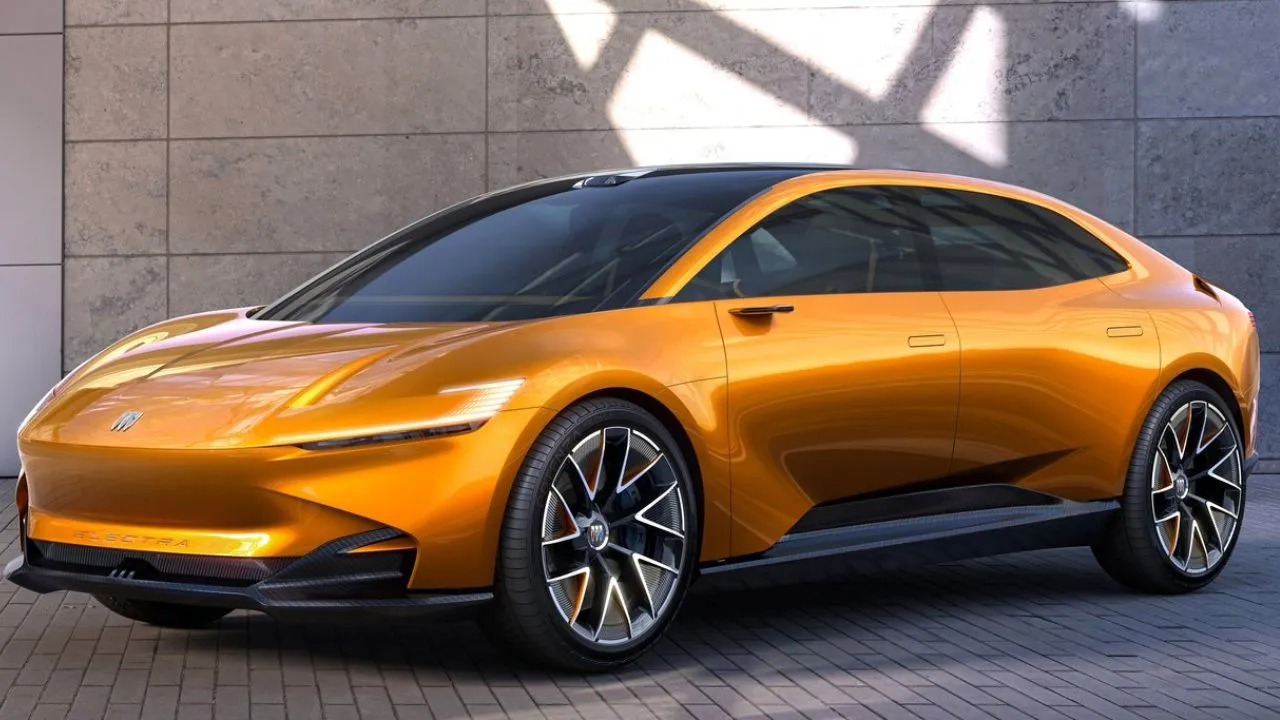
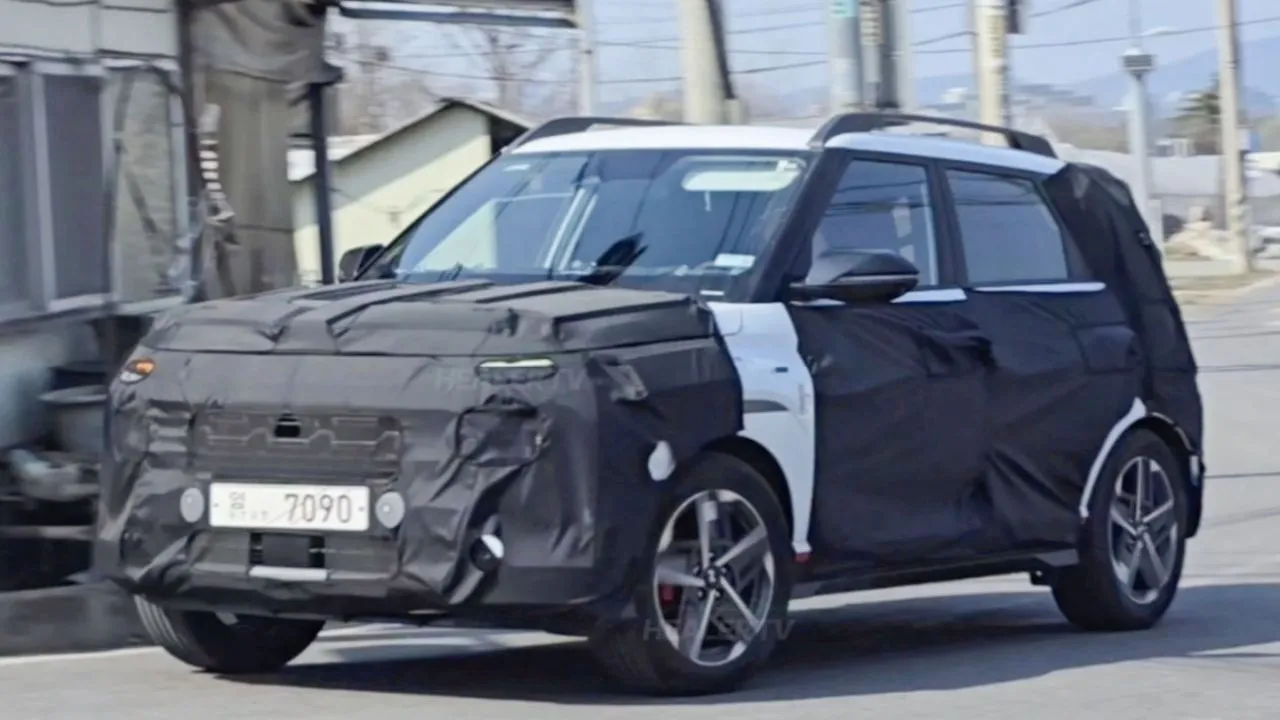



















Write your Comment on